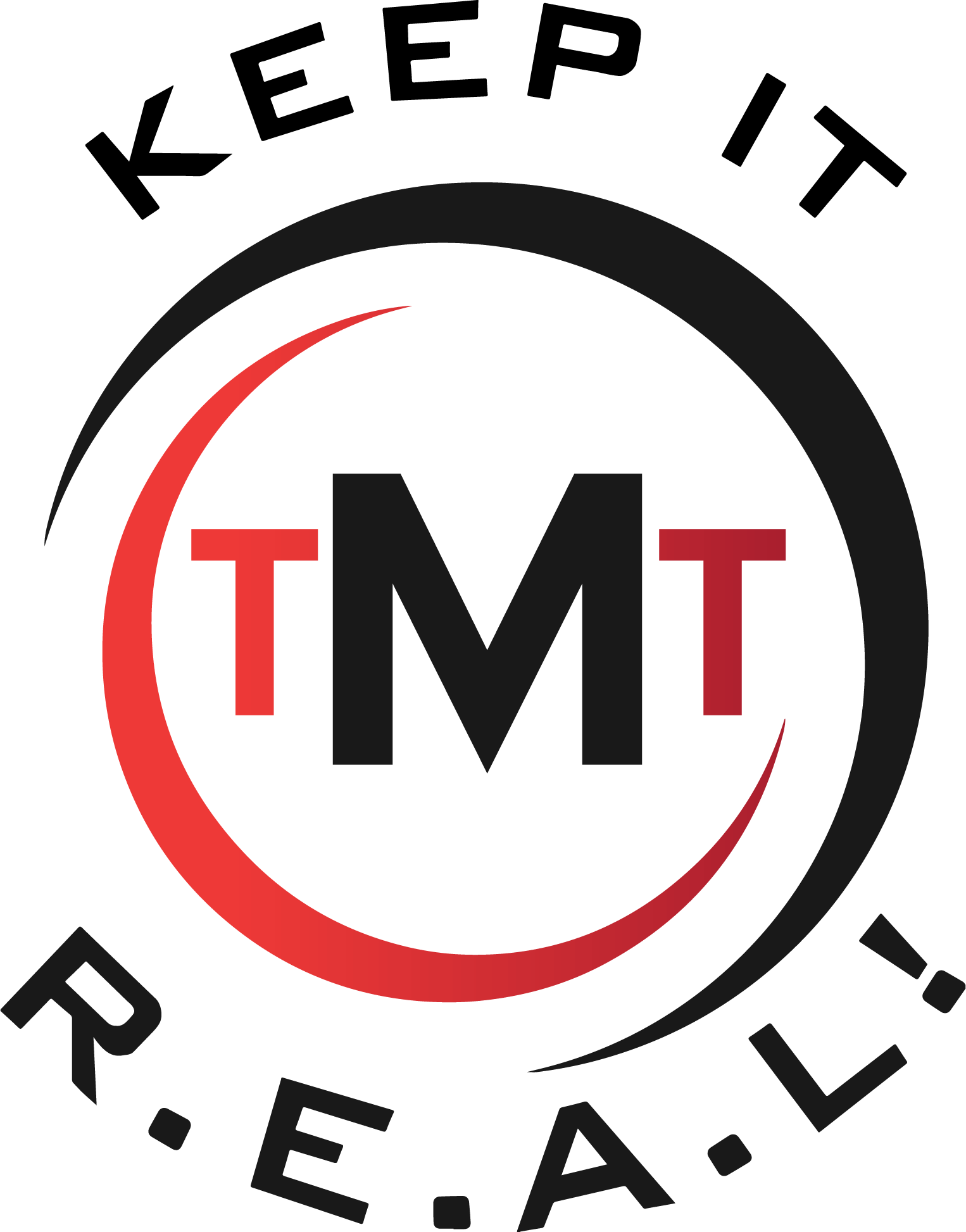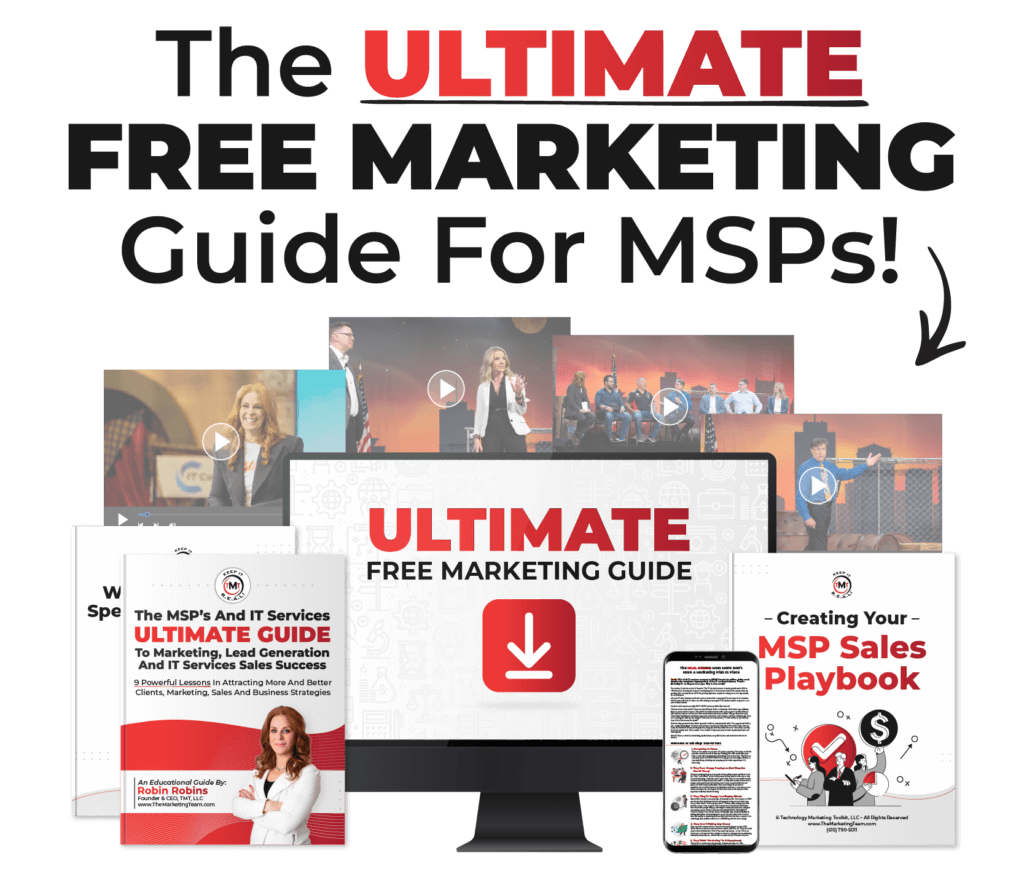“All You Can Eat” was a term that became popular around a decade or more ago when the IT business was less complicated. Back then, we used to sell block hours or project-based contracts to our clients. You know, like, “We’ll do this for you, and it’ll cost this much.” Or we’d offer block hours, and if clients bought a certain number of hours per month, they’d get a discount. It was straightforward.
But things have changed a lot since then. Technology has become more sophisticated, and the one-size-fits-all approach of “All You Can Eat” isn’t cutting it anymore. We realized that each client’s needs are unique, based on their size, number of locations, and employees. So, I’d advise against promoting “All You Can Eat” these days.
Besides, the term itself sounds like a cheap buffet at Golden Corral, where they tie a bib around you and let you gorge like a pig. That’s not the image we want to associate with our services.
The Evolution Of Service Offerings
Instead, what I’ve found works better is to set clear parameters for our services. We offer a package that covers specific maintenance tasks for our client’s network, backups, and security. The pricing is based on factors like the number of servers, locations, and employees they have.
Now, here’s where the distinction comes in. We do provide unlimited help desk support, meaning we won’t be counting how many times our clients call in for assistance. If we need to roll a truck and visit them on-site, we’ll do it without any extra charge.
Understanding The Limitations
But, I also make sure to communicate that some things fall outside the unlimited category. For instance, in case of a major incident, like a ransomware attack, we might have the backups to restore the system, but the rebuilding process could be time-consuming. In such cases, that could be considered a separate project, and we’d discuss the cost with the client beforehand.
Crafting Clear And Effective Service Offerings
It’s essential to have a clear line between what’s included in the package and what would be considered an additional project. For example, if a client needs to move their entire system to the cloud or relocate their office, that’s not covered under the unlimited help desk. So, we’d quote them separately for that.
Learning From Successful Practitioners
One great example of successful pricing and packaging is my friend and long-time TMT member Michael Glasser. He used to be in the business, too, and he managed to be very profitable by offering packages tailored to attorneys in New York. He combined core maintenance, cybersecurity, and unlimited help desk under a flat-fee plan. But he was smart enough to charge separately for any projects or extra services.
Conclusion
So, in conclusion, while “All You Can Eat” had its time, the present IT landscape requires more specific and tailored solutions. By defining clear packages and distinguishing between unlimited support and additional projects, we can ensure transparent and successful business relationships with our clients.







